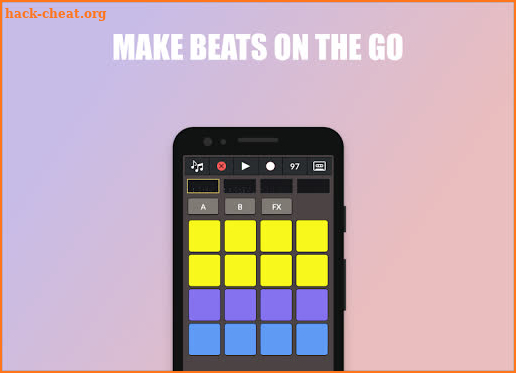

It came with floppy disks preloaded with a variety of sounds and instruments and unlike many other available products, the pads were pressure-sensitive and could produce different sounds based on how hard they were pressed.Īll of this offered near-orchestral versatility and total creative control to its user. Instead, the MPC featured 16 large rubber pads that could be pressed and hit to make musical sounds, as though the machine itself were an instrument with keys. Gone were the switches and small, hard industry-standard buttons of 1980s grooveboxes and studio mixing boards. Retailing around $5,000, the MPC60 was a drum machine and sampler that also integrated editing functions. These expensive machines, such as the popular ones from E-mu Systems, which in the mid-’80s could cost as much as $15,000, were among a young producer’s only options - until Roger Linn, the designer of the original MPC, created the MPC60.

Machines that combined these two functions (often called grooveboxes) were often difficult to use and required a more nuanced technical knowledge in music production. More importantly, however, these machines served the needs of a changing musical style where the beats themselves - no longer the thankless work of a drummer sitting at the back of a stage - would begin to work more intimately alongside the vocals, and even shine on their own.Īt the same time, hip-hop musicians also began making wider use of sampler machines, which allowed them to take pieces of music from an external source and incorporate it into their own tracks. In the late 1980s, producers and musicians began turning more and more to drum machines in order to create beats and loops without using a full band. The MPC made music production intuitive in a way it had never been before So how did this small, portable electric box, which looks more like a Super Nintendo than a musical instrument, became the tool of the trade for pop, hip-hop, and electronic musicians and producers? By condensing all elements of studio production into a desktop instrument that was more playable, more intuitive, and unlike anything ever put before the musical world. Mark Ronson is so attached to his MPC that it got a custom paint job, and many of Kanye West’s most famous songs, and much of his breakout album C ollege Dropout, have sprung from the MPC. Outkast’s Big Boi engineered many of the group’s iconic beats on the MPC. Dre, who kept several in his studio at all times. It created a generation of hybrid producer-musicians, like West, J Dilla - whose MPC is in the Smithsonian - and Dr. Skilled as these two are on their MPCs, this device isn’t a Keith or Kanye house specialty it’s been at the heart of some of the most seminal musical works since its introduction by AKAI in 1988 and is still widely used today.


 0 kommentar(er)
0 kommentar(er)
